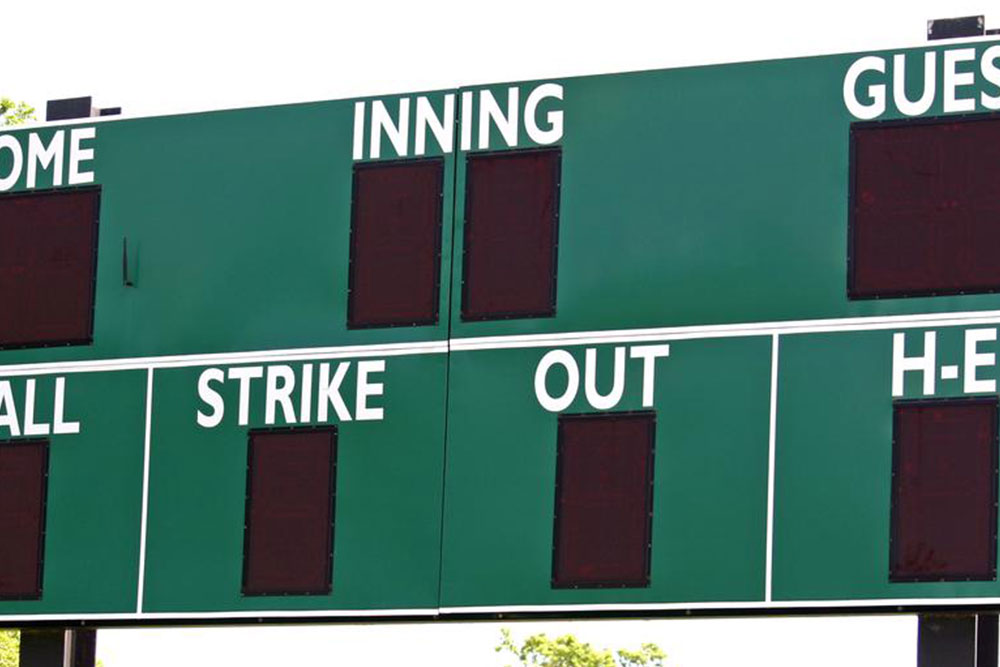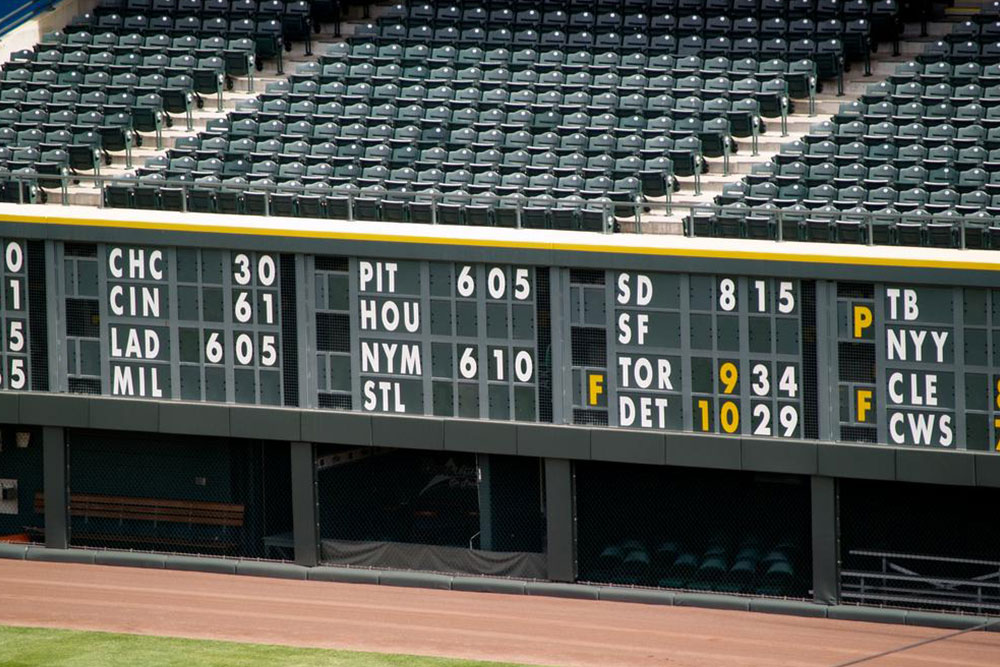Essential Guide to Interpreting Baseball Scoreboards
Learn how to read baseball scoreboards effectively with this helpful guide. Understanding innings, runs, hits, errors, and pitch counts enhances your game-watching experience. Whether you're a novice or want to assist friends in gameplay, these tips simplify scoreboard comprehension. Familiarize yourself with key indicators such as final scores, inning breakdowns, and player stats to enjoy baseball more fully and support fellow fans confidently.

Essential Guide to Interpreting Baseball Scoreboards
Watching baseball can be exhilarating, but understanding the scoreboard enhances the experience. Sometimes, spectators rely on others to track the score, leading to confusion. If you're trying to learn how to read baseball scoreboards, this guide will help clarify the key elements. Whether you're a new fan or aiming to support friends better, these tips will improve your comprehension of game scores and stats.
Here are some essential pointers to decode baseball scoreboards:
The runs scored per inning are displayed next to each team’s name, typically on the scoreboard.
The numbers 1-10 represent the innings played. For example, a '4' under inning 1 for the visiting team indicates they scored four runs in that inning. A run counts only when a player completes a full circuit around all four bases.
The total runs scored across all innings form the team’s final score. The team with the highest aggregate at the end wins.
The visiting team is always shown on the top row, as they bat first, while the home team appears on the bottom row, batting second.
Next to 'R', 'H' indicates the total runs, hits, and errors made by each team. The 'H' shows the number of hits, and 'E' displays errors committed by players.
The number beside the strike count shows how many strikes the batter has accumulated; three strikes result in an out.
The pitch count displays the total pitches thrown by each team's pitcher. 'V' represents the visitors, and 'H' signifies the home team.
The 'OUT' count records how many players have been dismissed either via strikeouts or caught balls.
Note: Our blog provides educational content across various categories based on research and data. While informative, articles are not definitive, and accuracy may vary. Readers should verify details independently. The platform isn't responsible for discrepancies or missing promotional offers.






